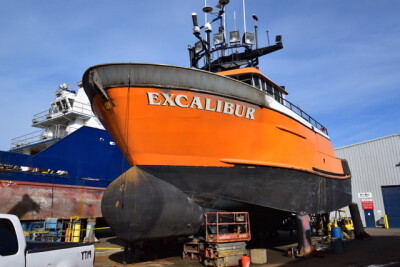With the 2020 pack of Alaska salmon caught and put up, stakeholders will get a better picture of how global prices may rise or fall.
Nearly 75 percent of the value of Alaska’s salmon exports is driven by sales between July and October. And right now, lower supplies of wild Pacific salmon by the major producers are pushing up prices as the bulk of those sales are made.
For sockeye salmon, global supplier and market tracker Tradex reports that frozen fillets are in high demand and supplies are hard to source for all sizes. With a catch this year topping 45 million, Alaska is the leading producer of that popular commodity.
“Luckily, sockeye harvests were once again abundant in Bristol Bay, as fishermen caught nearly 200 million pounds. Although that's a bigger than average harvest for Bristol Bay, it's still down 9 percent from last year. With lower sockeye harvests in Russia and closures in Canada, we estimate the global sockeye harvest declined by 26 percent in 2020,” said Andy Wink, executive director of the Bristol Bay Regional Seafood Development Association speaking on the Tradex Three-Minute Market Report.
Tradex reports that sockeye prices are “significantly higher than last year” and suggests that suppliers are stockpiling inventories in their freezers.
“Our recommendation for sockeye buyers is similar to a few weeks ago, which is to secure your supply now. Sockeye prices are anticipated to make a good bull-run before moving into a bear-type market,” said correspondent Tasha Cadence.
Tradex predicts the same for wild chum salmon as a result of low catches from all producers.
“In speaking to our VP of Asia Operations, he advised they are anticipating that new season chum won’t be available until the end of September, and that salmon will certainly be very short this year,” Cadence added. “Both from Russia and Alaska, and the estimated raw materials price will go up to $4,300 per metric ton — which translates to about $1.95 to $2 a pound.”
And the same holds true for pink salmon, where big shortfalls from Russia are biting into the global supply.
Prices for pink salmon that are processed in China and distributed back to the United States and other countries have increased from $2,600 to $3,400 per metric ton — or from $1.20 to $1.55 per pound.
“Going back a few weeks, it was reported that Russian boats did not even want to make commitments at the higher prices, as they wanted pricing at even higher levels,” Cadence said.
A weakening dollar also means foreign customers can buy more U.S. salmon for less.
How the initial uptick in salmon commodity markets might play out in fishermen’s paychecks remains to be seen. Alaska processors typically post a base price as a place holder when the salmon season gets underway. Then, bonuses for fish that is chilled, bled or delivered are often sent to fishermen in the fall, and any profit sharing checks usually arrive the following spring.
“Retro-payments more than anything are a payment to appease the fleet and keep them from jumping to another processor,” said a longtime Bristol Bay fisherman. “There are many instances where a processor has paid their retro or adjustment in the spring, only to have to make another payment in early June to match competitors. Price adjustments are a dark art, and there is no set formula as it relates to the sale of the pack.”
Salmon numbers continue to trickle in, but Alaska’s total catch won’t add up to much more than 114 million fish, about 85 percent of what state managers predicted for the 2020 season.
Of that, more than 45 million are sockeyes, and 58 million are pinks. Landings of just over 2 million cohos are the lowest since the mid-1970s, and a chum salmon harvest of just under 8 million is the weakest since 1979. King salmon volumes also are well below historical levels.
The preliminary value of Bristol Bay’s 40.7 million-salmon catch, nearly all sockeyes, is $140.7 million, ranking ninth in the last 20 years. That doesn’t include any post-season price bonuses.







